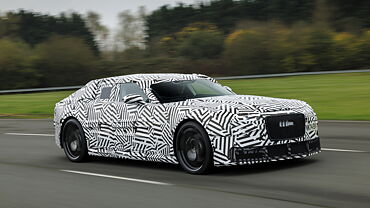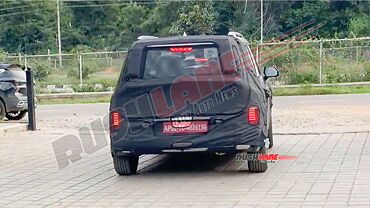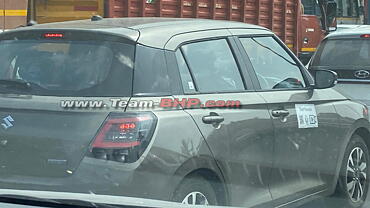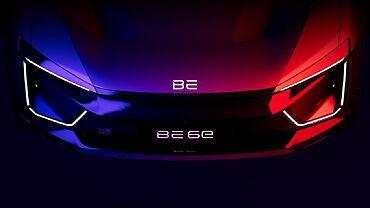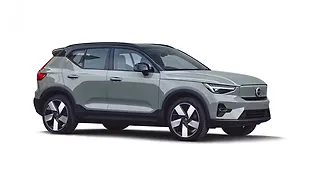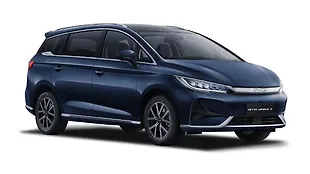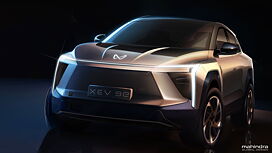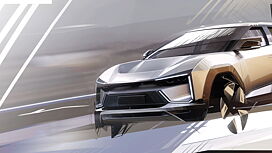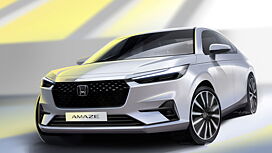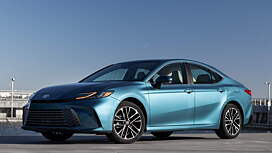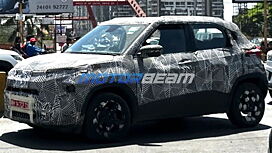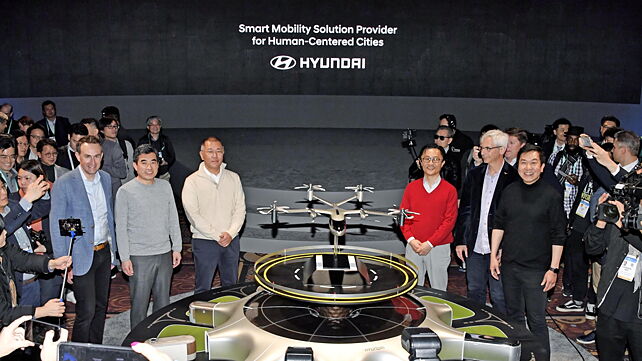
- Hyundai unveiled its first concept Personal Air Vehicle named ‘S-A1’
- Hyundai Motor has also announced its partnership with Uber to develop Air Taxis
Hyundai Motor has showcased three mobility solutions at the Consumer Electronics Show 2020, which includes - Urban Air Mobility (UAM), Purpose Built Vehicle (PBV) and Hub. Based on these mobility solutions, Hyundai aims to free future cities and people from constraints of time and space and allow them to create more value in their lives. At the CES 2020, Hyundai Motor has also announced its partnership with Uber to develop Air Taxis for a future aerial ride share network and has unveiled the full-scale aircraft concept.
The Hyundai air vehicle concept has been reportedly created in part through Uber’s open design process, a NASA-inspired approach that jump-starts innovation by publicly releasing vehicle design concepts. This allows other companies to innovate their air taxi models and engineering technologies. Under the partnership, Hyundai will produce and deploy the air vehicles, and Uber will provide airspace support services, connections to ground transportation, and customer interfaces through an aerial ride share network. Both parties are collaborating on infrastructure concepts to support take-off and landing for this new class of vehicles.
Hyundai has worked with Uber Elevate to develop a PAV (Personal Air Vehicle) model, S-A1, which utilizes innovative design processes to optimize electric vertical take-off and landing (eVTOL) aircraft for aerial ridesharing purposes. The Elevate initiative based this process on NASA’s historical approach of putting design concepts out publicly to inspire innovation amongst multiple companies, spurring the development of common research models to investigate novel aerodynamic concepts and catalyzing industry progress in wing design, noise, aerodynamics, and simulation verification.
The concept PAV, the S-A1 is equipped with eVTOL and is designed to seat five people, including a pilot. It is designed for a cruising speed up to 290 km/hr, a cruising altitude of around 1,000-2,000 feet (300 - 600mt) above the ground, and to fly trips up to 60 miles (100 km). The Hyundai vehicle will be purely electric and it will utilize distributed electric propulsion. During peak hours it will require about five to seven minutes for recharging. The model is designed to take off vertically, transit to wing-borne lift in cruise, and then transit back to vertical flight to land. The cabin is designed with four passenger seats that allows the riders to board or disembark easily and avoid the dreaded middle seat with enough space for a personal bag or backpack/rider.
Speaking on the occasion Jaiwon Shin, Executive Vice President and Head of Hyundai’s Urban Air Mobility (UAM) Division, said, “Our vision of Urban Air Mobility will transform the concept of urban transportation. We expect UAM to vitalize urban communities and provide more quality time to people. We are confident that Uber Elevate is the right partner to make this innovative product readily available to as many customers as possible.

